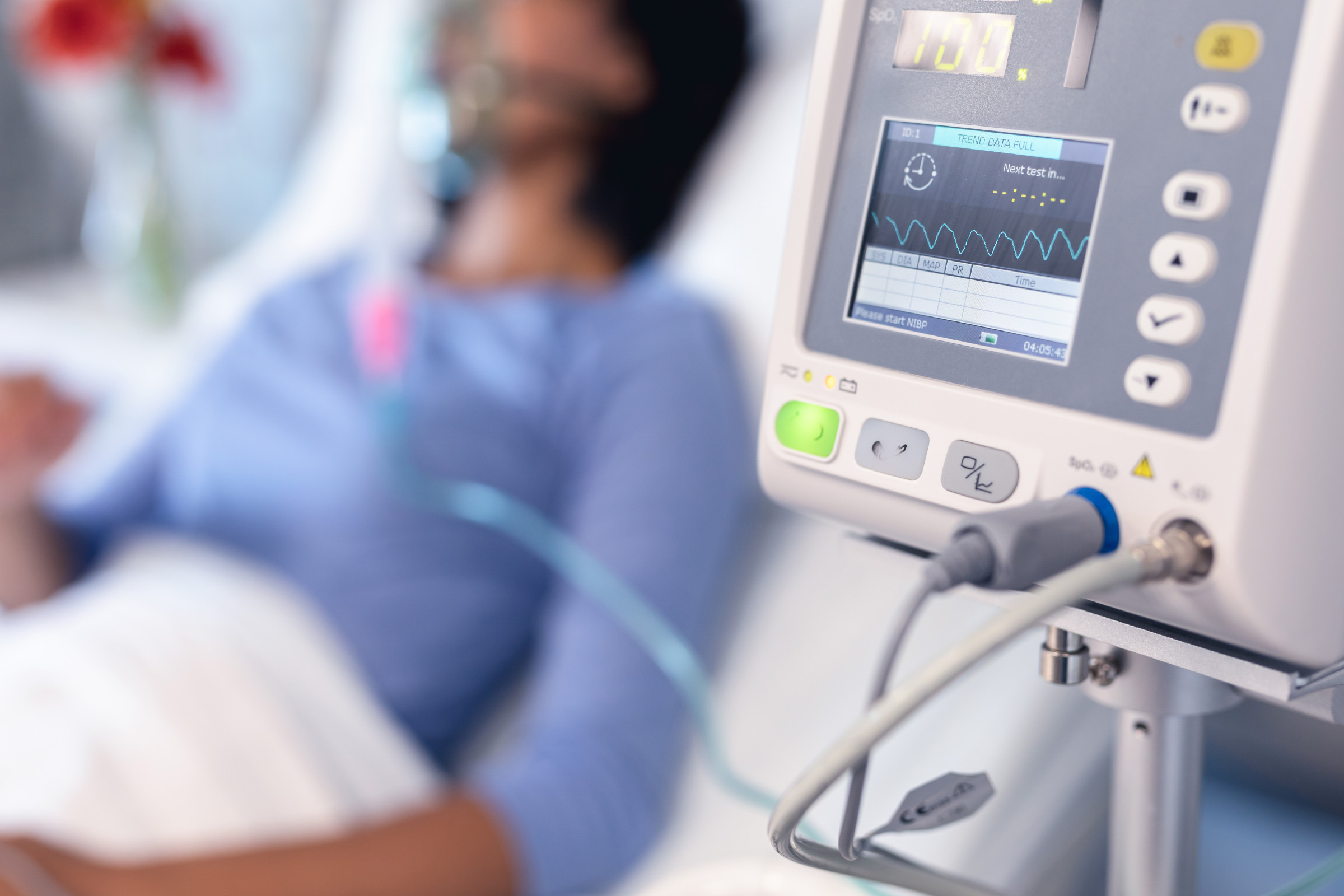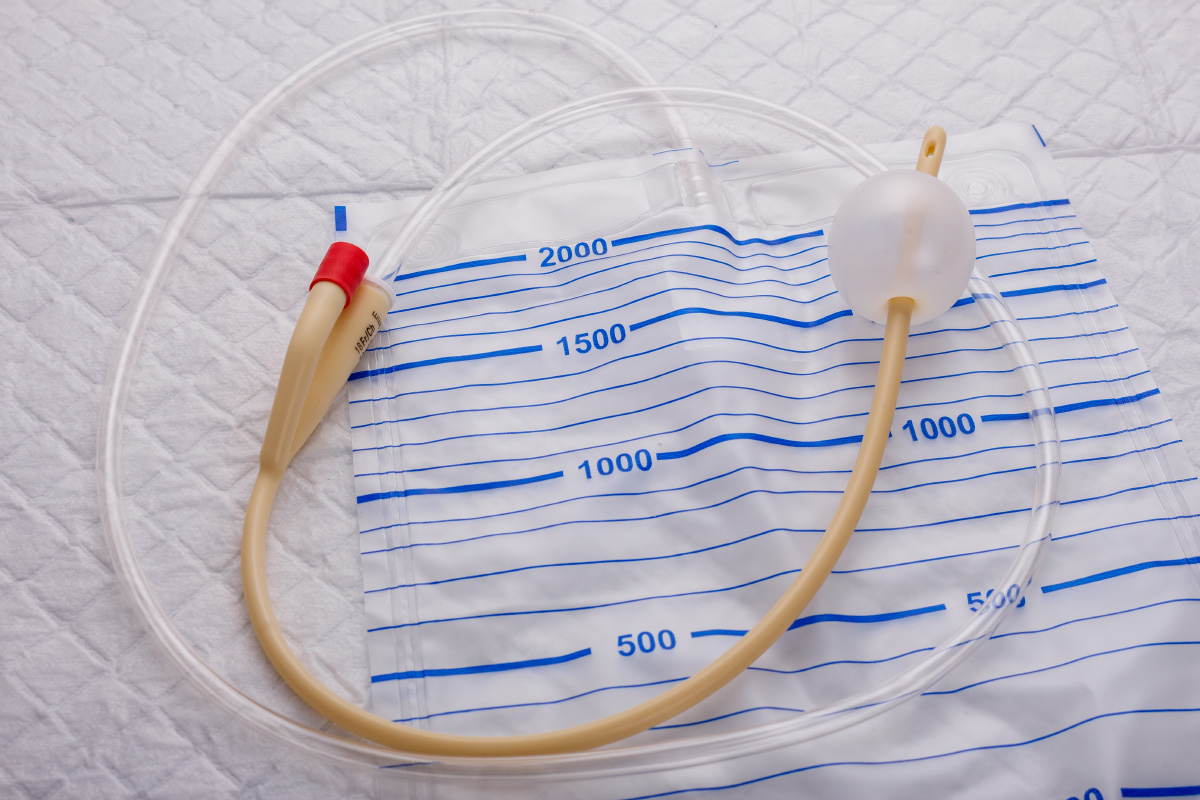Ventilator-associated pneumonia (VAP) is a lung infection that develops 48 hours or more after initiating invasive mechanical ventilation. Mechanical ventilation assists breathing in patients who have weak respiration and cannot independently breathe sufficiently to remain alive. Examples of invasive mechanical ventilation techniques include endotracheal intubation and tracheostomy. In endotracheal intubation, a physician places a long endotracheal tube in the patient's trachea (windpipe) through the mouth. In tracheostomy, the trachea is accessed through a small incision on the patient's neck. Tracheal secretion accumulation during intubation is a high risk factor for VAP, which can be caused by lung and lower respiratory tract colonization with microorganisms.
Evan LeGault Director, Clinical Evidence Assessment
Recent Posts
Exploring Oral Hygiene’s Role in Reducing Ventilator-Associated Pneumonia
Topics: Evidence-Based Medicine
The da Vinci Surgical Robot and the Importance of Iterative Evidence Review
Medical technology is constantly evolving.As new medical devices are developed and existing devices are updated, clinical trials areconducted to confirm the technology is safe and provides the intended benefits to patients—sometimes over several yearstoreflect the technology’s long-term effects. As additionalclinical trials progress and their results are published, theevidence surrounding a medical device’s safety and effectiveness can change overtime, requiring health technology assessment organizations,such as ECRI, to revise their conclusions on the device.
Topics: Ambulatory Care
Three Evidence-based Strategies for Preventing Pressure Injuries in Older Patients
Pressure injuries (PIs) can be a common health concern, especially for populations like older adults, where typical changes that accompany the aging process can already increase risks for these types of injuries. There are many potential causes and factors that contribute to the development of PIs. Examples include when a person's weight continually presses the skin against a surface such as a bed or mattress; or a therapeutic device like a splint creates constant pressure. Friction, shear, heat, and moisture also increase the likelihood of PI development for bedridden patients, particularly in long-term and subacute care facilities.
Topics: Aging Services
Evidence-based Strategies for Preventing CAUTIs from Indwelling Catheters
According to the Centers for Disease Control and Prevention (CDC), urinary tract infections (UTIs) are the most common healthcare-associated infection, and approximately 75% of UTIs acquired in the hospital are catheter-associated urinary tract infections (CAUTIs).
Urinary catheters interfere with the natural host defense of clearing the bladder and urethral mucosa of microbes through voiding. The catheter also acts as a direct entry portal into the bladder for nearby microorganisms. Pathogens can access the urinary tract either from outside the catheter or from a contaminated collection bag or catheter-drainage tube connection. Many bacterial species colonize indwelling catheters as a thin, slimy film that adheres to a surface. In this form, bacteria are resistant to antibiotics and host defenses.
Topics: Patient Safety
Increased Payer Support for Telemedicine May Improve Maternal Health Outcomes and Lower Costs
When compared to ten other developed nations, the United States has the highest maternal death rate. Yet, according to a recent maternal mortality review committee report by the Centers for Disease Control and Prevention, 84% of pregnancy-related deaths are preventable. This maternal health crisis has been shaped, in part, by socioeconomic inequities and inconsistent insurance coverage policies, which limit healthcare access by underserved populations. So what tools are available now to help reduce preventable harm among childbearing women? Clinical evidence suggests that telehealth could be one solution.
Topics: Evidence-based decision making





